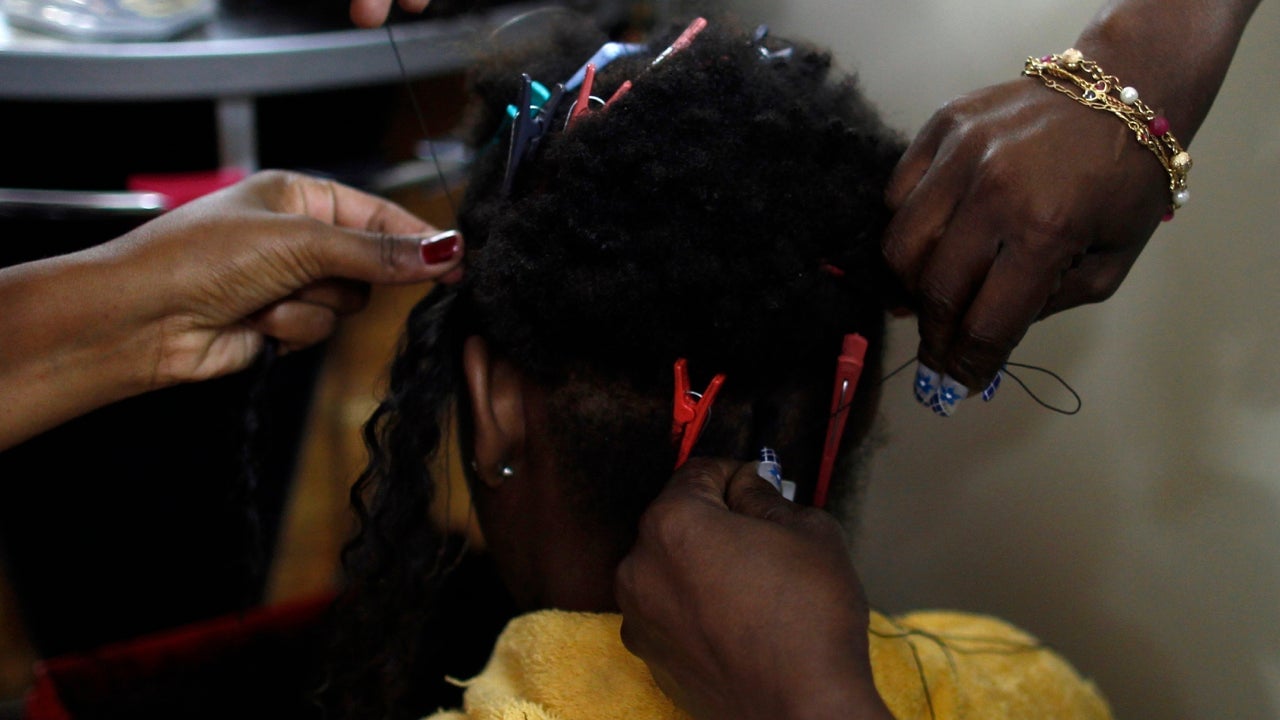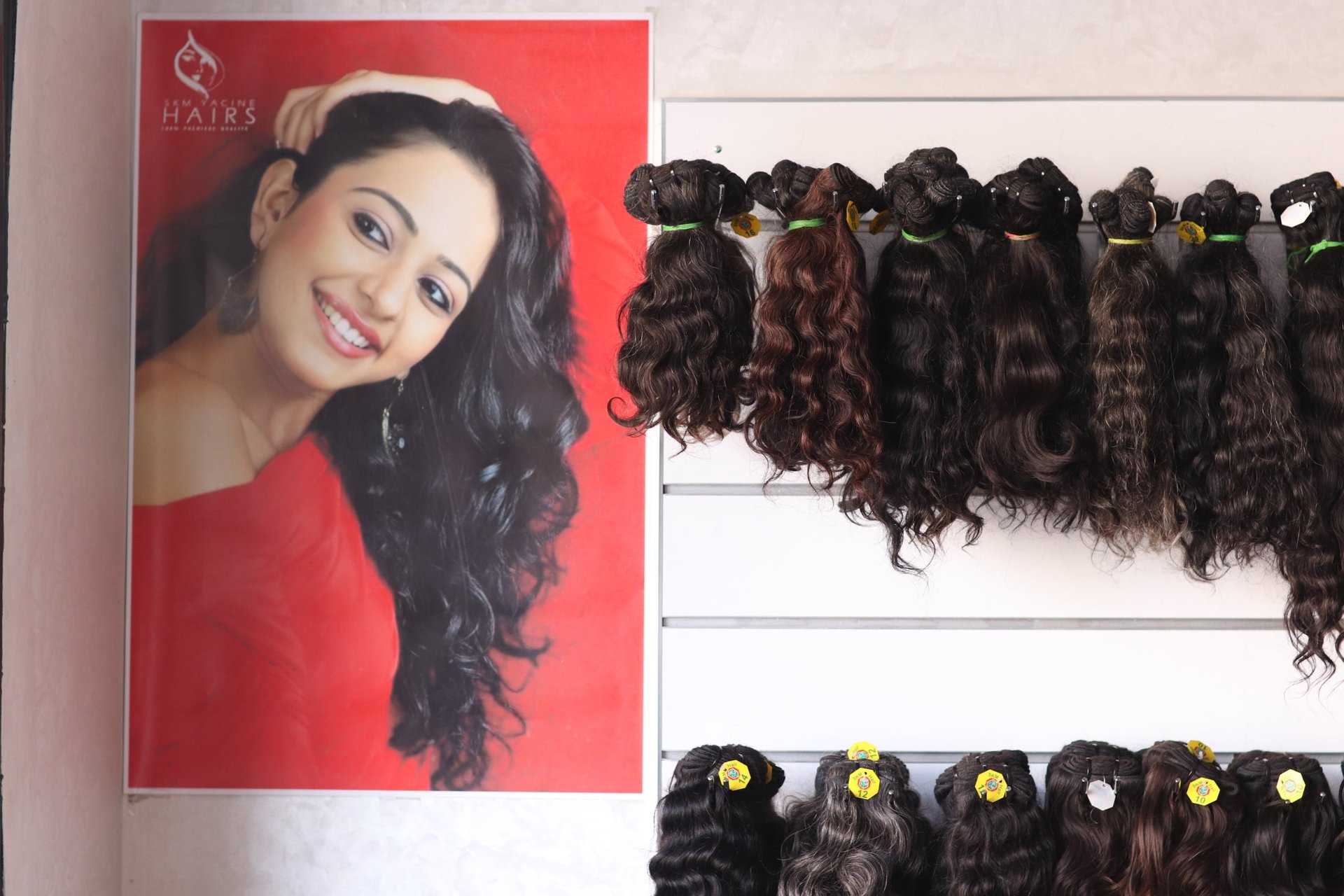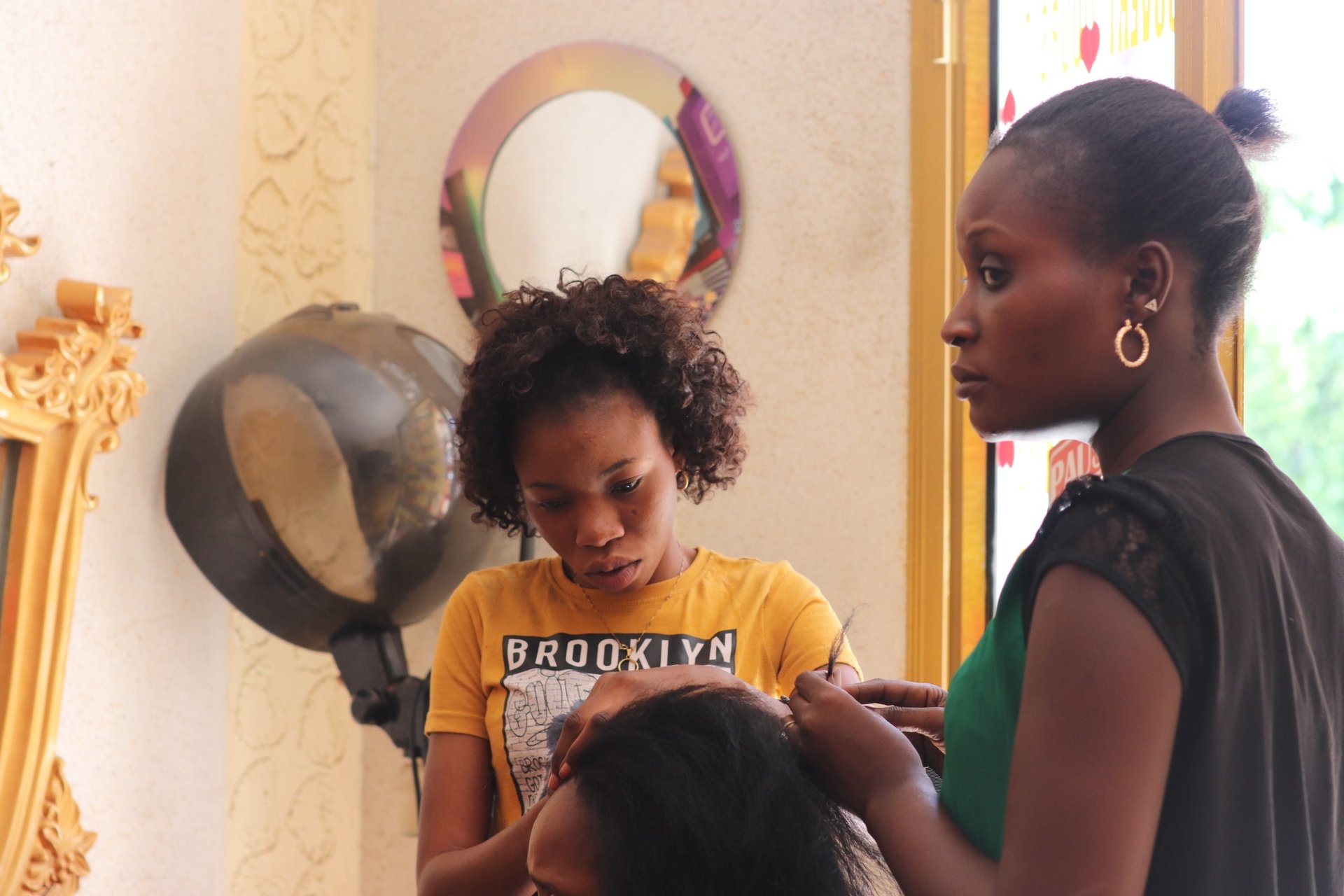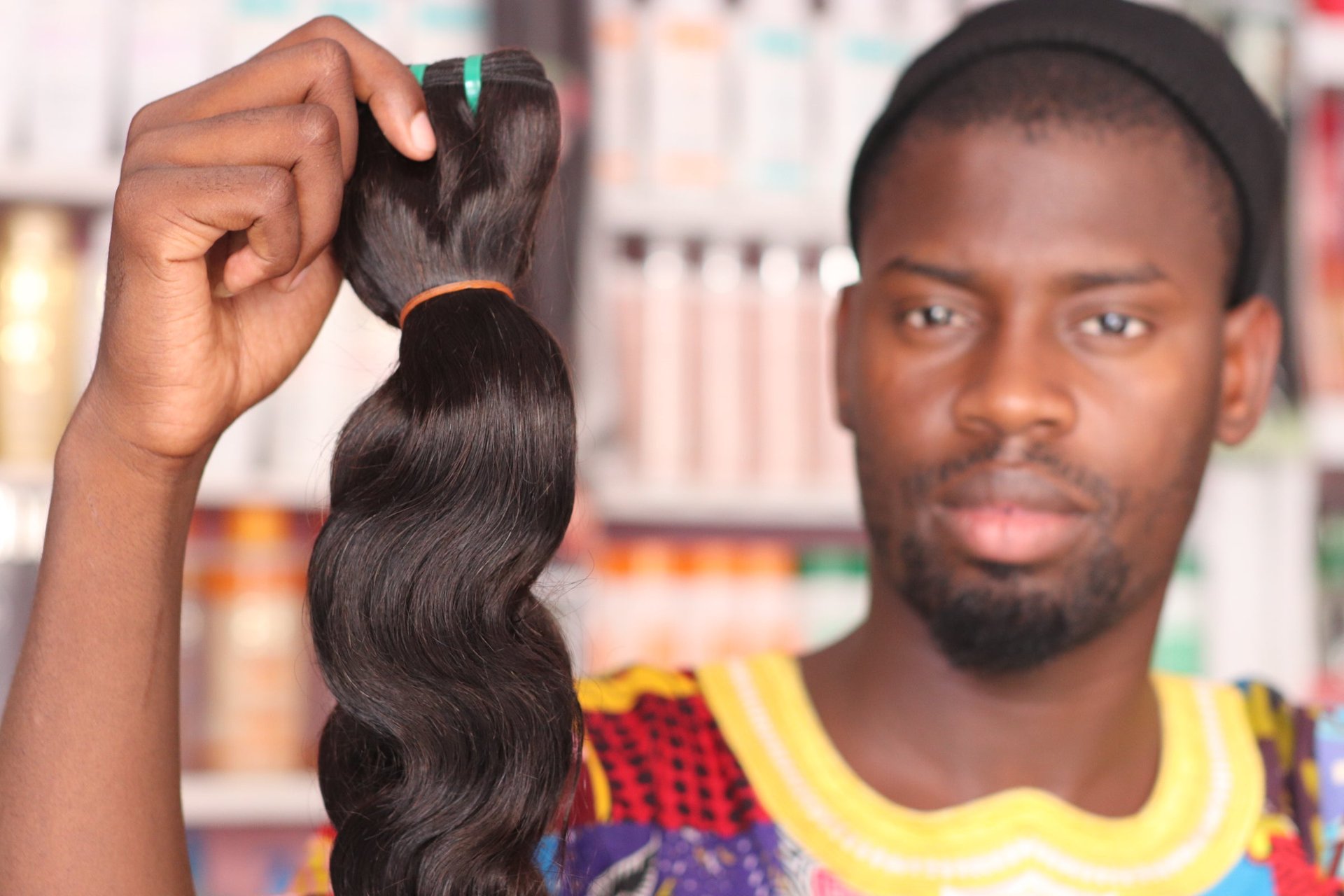Check the label: China now dominates the low-cost hair extension business
Whether it is braiding tresses, sewing on hair fillers or attaching extensions, the coiffeuses of Chez Aida, in Dakar’s popular neighborhood of Grand Yoff, have been doing it all for years. Wigs have entered their repertoire, too, as fashionable Senegalese are increasingly tempted by the ease of changing their style with a wig (link in French) made of human hair.


Whether it is braiding tresses, sewing on hair fillers or attaching extensions, the coiffeuses of Chez Aida, in Dakar’s popular neighborhood of Grand Yoff, have been doing it all for years. Wigs have entered their repertoire, too, as fashionable Senegalese are increasingly tempted by the ease of changing their style with a wig (link in French) made of human hair.
“It’s extensions and tresses for big events and festivities. Otherwise, even the most chic ladies will have a few wigs,” said Aboubakar Diop, who runs the salon. At Chez Aida, wigs or extensions are made in loco with remy, prime quality natural human hair,produced in India and purchased in bulk from Indian traders who travel to Senegal. In the Dakar salon, large bundles of dark locks are arranged in a small room of the salon, arranged by color and length, for clients to chose from, and verify the quality of the product on offer.

Yet the packs of Indian hair found at Chez Aida are becoming a rarity. When salons do not openly advertise openly the provenance of their bundles, China is the often unspoken source of most natural and synthetic hair circulating in Africa. India used to be the number one player, with leaders in the sector such as Godrej Consumer Products even expanding in South Africa.
It’s understandable that both Chinese and Indian companies would by vying for business in Africa. Though there are few official reports on the continental market in South Africa alone the black hair industry was estimated at $450 million by a Euromonitor report from 2015.
After China entered the Indian hair auction market in 2000, it began to dominate the hair trade, according to a recent investigation by the French-language magazine Jeune Afrique. The human hair that reaches the continent as wigs or extensions may come from India, Brazil, the US and elsewhere–but travels via China, where it has been assembled, processed and exported.
Leading the operation is the Chinese city of Xucheng (video), in Henan, central China. There, the industry’s main player is Rebecca, traded on the Shanghai stock market since 2003. It is a booming business, valued at $2 billion a year, and with steady growth.

Despite their ubiquity, though, “Made in China” hair extensions have a bad reputation. Some consumers and hairdressers recall reports from 2014 that alleged that bundles sold off as natural hair also contained animal hair, from goats and yaks.
Others, like Chez Aida’s sales manager Aboubakar Diop, say Chinese hair extensions are “less desirable” to clients, while Indian and Brazilian branded products are welcomed. On closer inspection, however, most packets of natural hair carry a discreet “Made in China” wording on the back.
“Everyone wants hair extensions, fillers, sew-ins, or braids—even the veiled ones,” said Gianna, who asked to be identified by the nom d’art she uses as a hairdresser at Deguen Chimere Salon, in Point E, a residential neighborhood in Dakar. “We buy in packets,” she said, showing plastic wrappers containing thick wads of hair, priced from 1,500 to 25,000 CFA (from $2.60 to $45) according to quality and length—all of which are packaged in China. Most women will need about two or three packets, with hairstyles lasting about two months, she explains.

At the street market in Grand Yoff, stalls and small boutiques at more economic prices have dozens of plastic packages filled with bundles of hair, with all kinds of specifications. Extension styles like the shinier Yaki, the soft wavy Strawberry, or flat-ironed Super Platinum, and Brazil style, which often comes in sun-kissed hues all offer variety, but are all made in China. At Espricosmetique, a specialized shop in all things hair, Abdukhar Ndoo showed his pre-braided tresses and loose locks. The front of the package clearly states Indian, Brazilian and US provenance, while at the back there is a small mark stating, ‘Made in China.’
“Clients do not want Chinese hair. They think it is bad quality and will make them look cheap,” he says. “Nobody looks at the back of the package.”